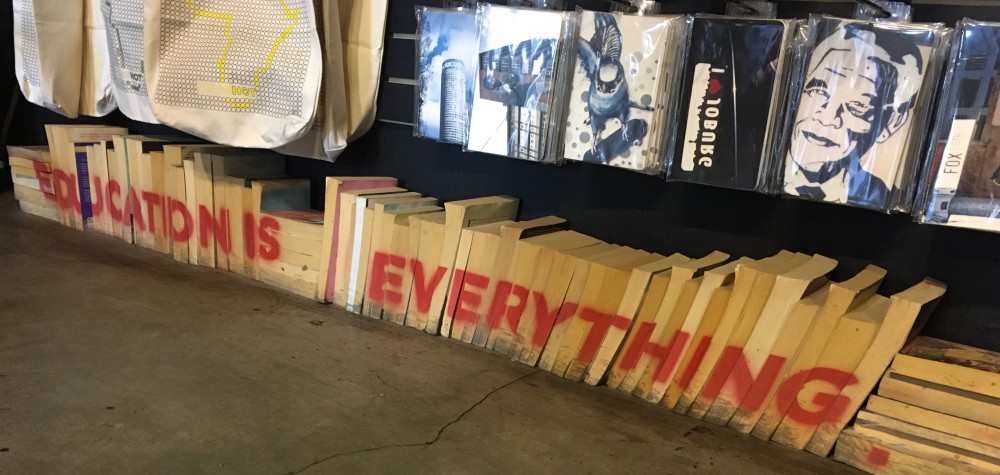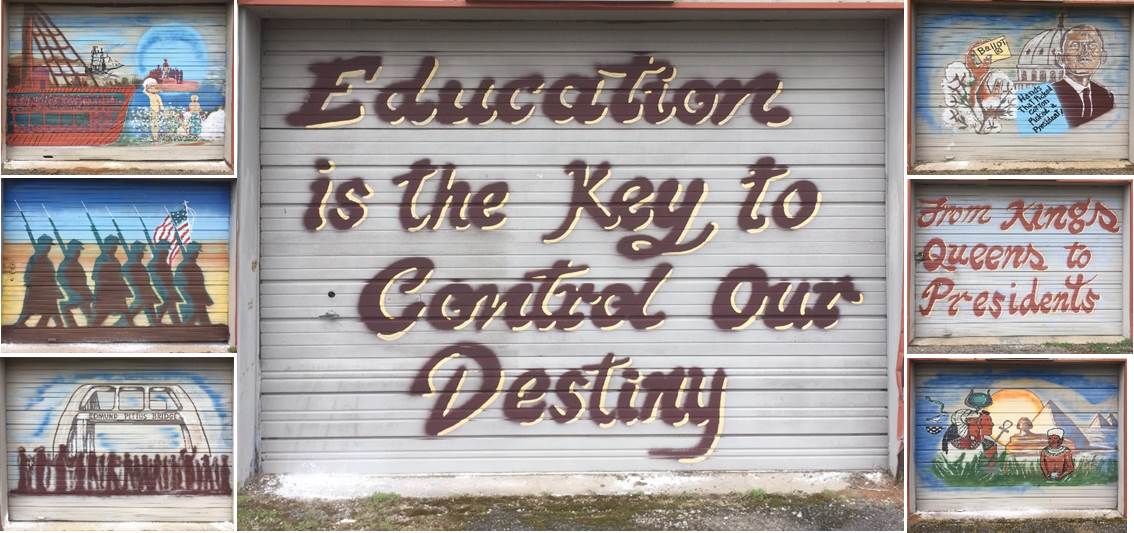Following the February 1965 death of voting rights activist Jimmie Lee Jackson, a series of marches from Selma to Montgomery brought the conflicts of the voting rights movement into homes across the country and focused the nation’s attention on the ways segregated policies continued to divide society.
In early 1965, Dr. Martin Luther King Jr.’s Southern Christian Leadership Conference (SCLC) made Selma the focus of its efforts to register black voters in the South. Protesters attempting to march from Selma to Montgomery were met with violent resistance by state and local authorities. The protesters (under the protection of federalized National Guard troops) finally achieved their goal, walking around the clock for three days to reach the state capital. This 54-mile march, and King’s participation in it, greatly helped raise awareness of the difficulty faced by black voters in the South, and the need for a Voting Rights Act, passed later that year.
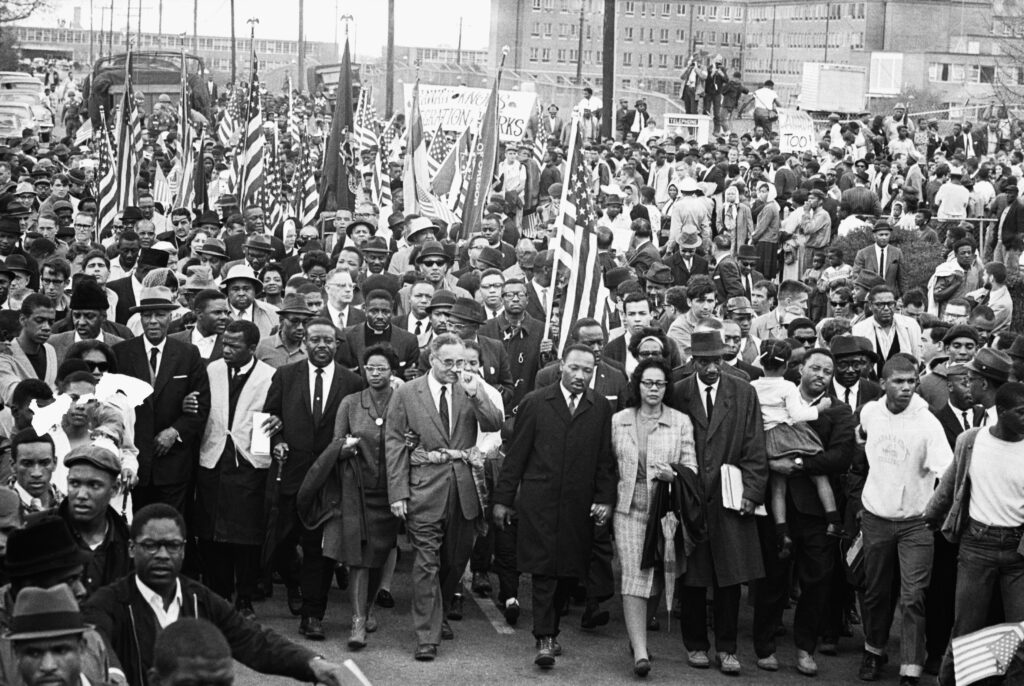
Today, the Selma to Montgomery National Historic Trail commemorates the events, people, and route of the 1965 Voting Rights March in Alabama.
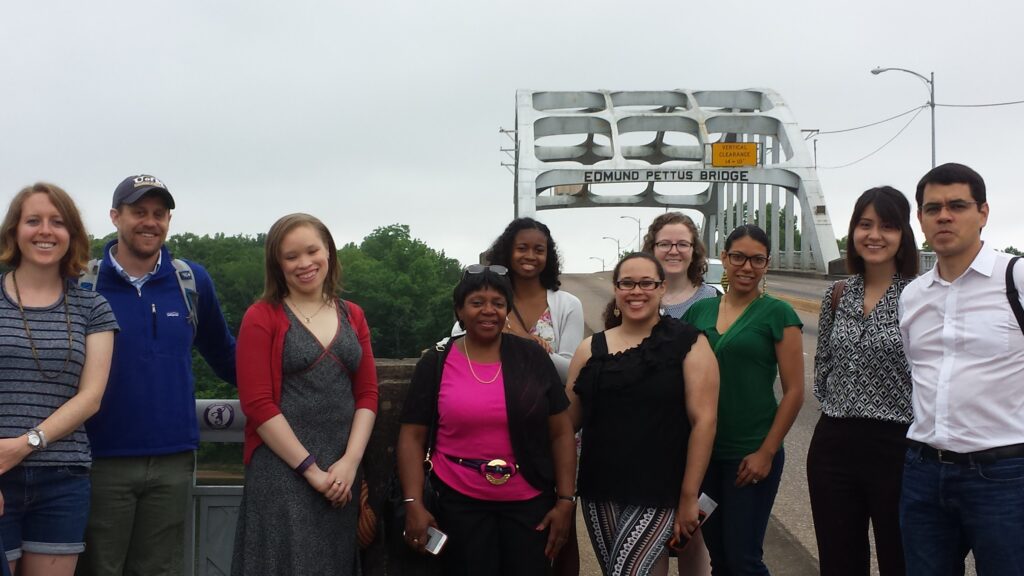
A culminating moment for the group is our walk across the Edmund Pettus Bridge.
Racism, discrimination and segregation in the South were enabled by the manipulation of political power at the ballot box.
Exhibit caption from the Selma Interpretive Center
The value of the vote in American society was amplified during our time in Selma and subsequent trip to Montgomery
On March 7, 1965, a group of American citizens, most of whom were Black, headed south across the Edmund Pettus Bridge towards Montgomery for the first time. Their mission was equitable enfranchisement in a land of poll taxes, literacy and citizenship tests, and harassment. On May 18, 2016, our group followed the footsteps of these trailblazers to feel what it was like to cross this bridge, named for a Confederate general and Alabama KKK leader[1]. We walked together along the pedestrian path on the same side of the road used by the 1965 marchers. We walked together. Though our group was small, I felt our unity as we walked along this path.
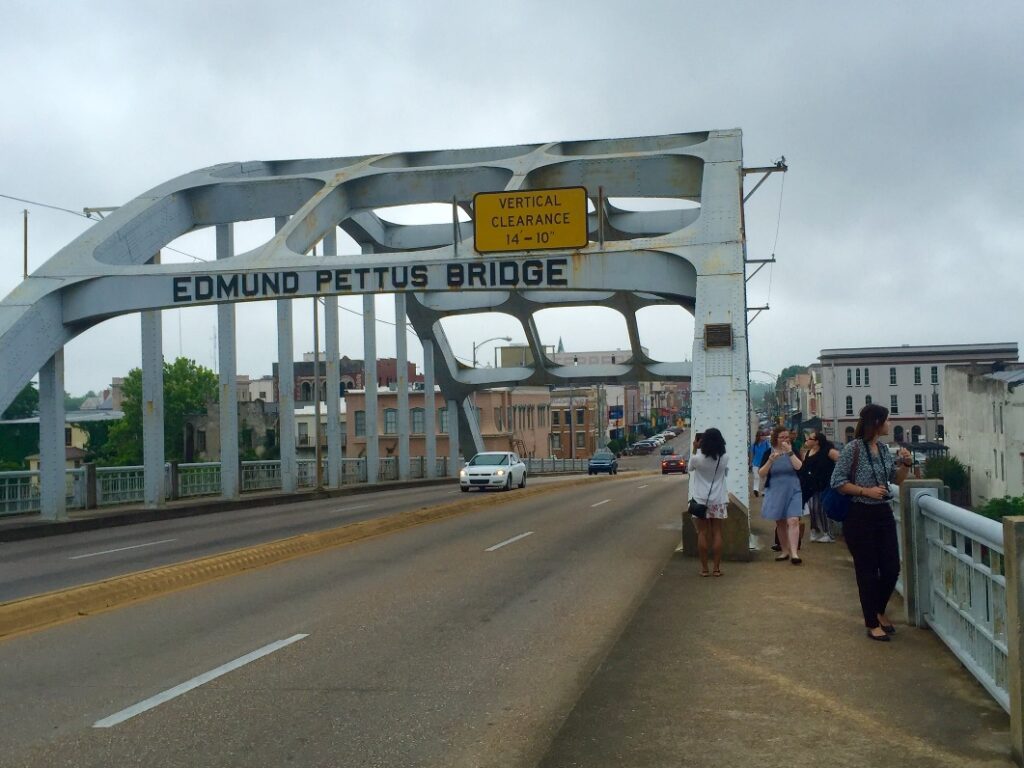
Below the bridge one finds the beautiful Alabama River. My mother poignantly commented on how she never knew what was below the bridge before I sent this picture. It could have been railroad tracks, a busy highway, or a bustling street with shops. Seeing that this bridge extends over a river demonstrates the importance of traveling and seeing the world for oneself. This trip was full of discovery that exceeds what one would find in a textbook, video, or oral history. This river is a metaphor for the flowing knowledge that came of this trip, and this bridge, consecrated by a troubling history, served as our link to the past.
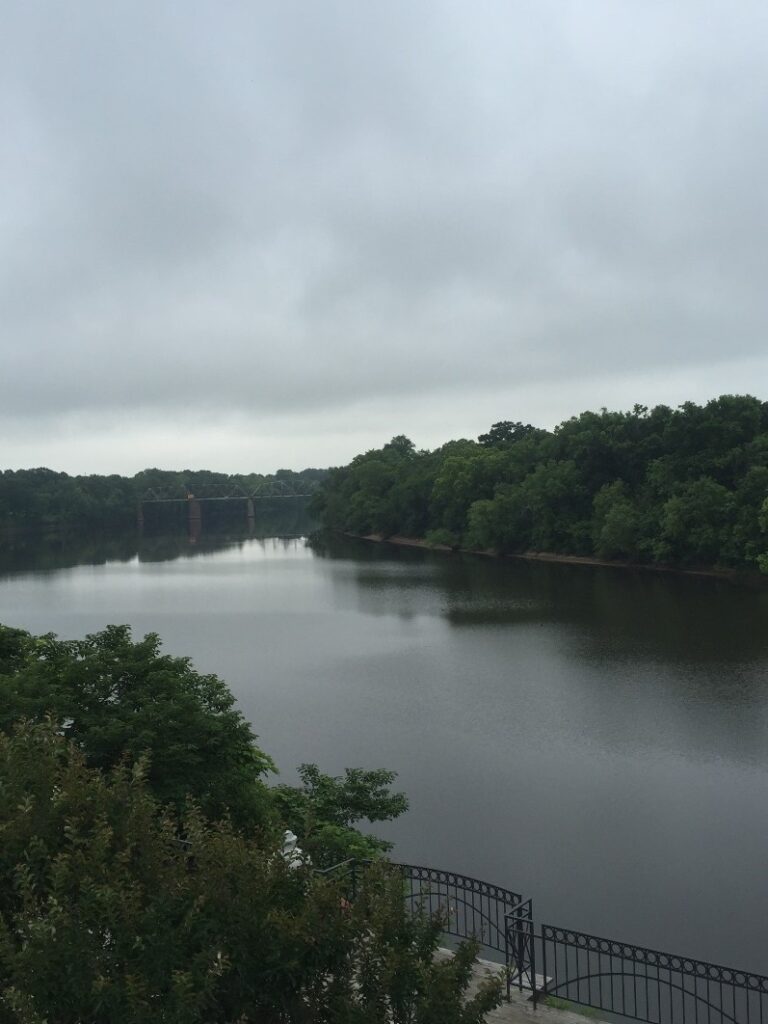
The greenery that one sees on the right side of the picture is part of the Civil Rights Memorial Park. For me, this land served as a site for reflecting on our trip across the bridge. If our group had been with the marchers on March 7, 1965, we would not have made it to this land. Instead, our movement would have been destructed by the Alabama state troopers posted on the south side of the bridge.
Throughout our trip I reflected on the history of physical space. Slave v. free states. Segregated schools and public accommodations. Crossing the Suspension Bridge from Covington, Kentucky, a place of slavery, to Cincinnati, Ohio, a place of freedom. Our land, rivers, streets, other spaces have deep histories, all of which were dictated by human decisions. These decisions are what make our histories complex and worth studying.
As you watch this video, feel the air, feel the vibrations of the birds’ songs, to the birds, and take in the cool shade created by the tall trees. Imagine you are there. Imagine.
On the other side of the river we found a beautiful mural. This outdoor art exhibit was a favorite of our group – we loved taking pictures of and with these pieces. The statement, “Education is the Key to Control Our Destiny” was particularly powerful for us as educators who were learning about the value of HBCUs.
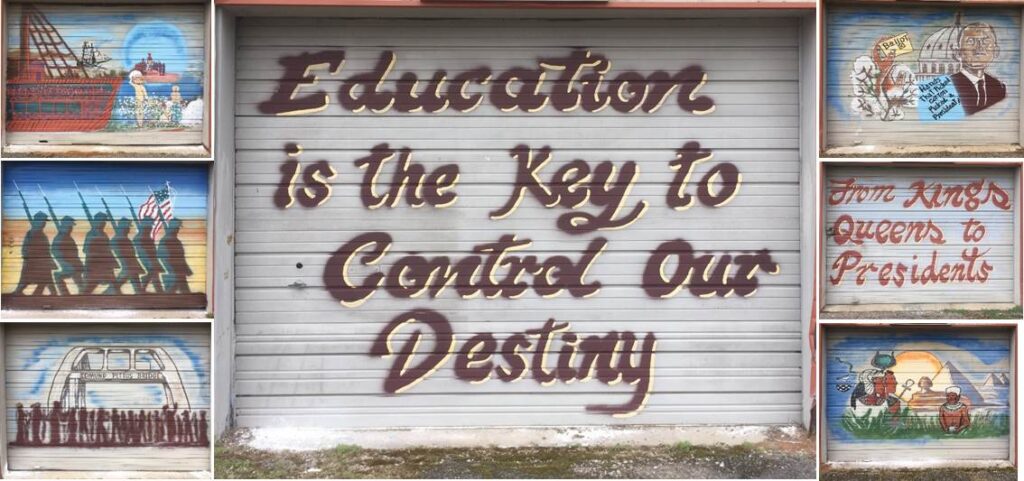
Katie Forsythe, master’s student
[1] http://www.smithsonianmag.com/history/who-was-edmund-pettus-180954501/?no-ist
